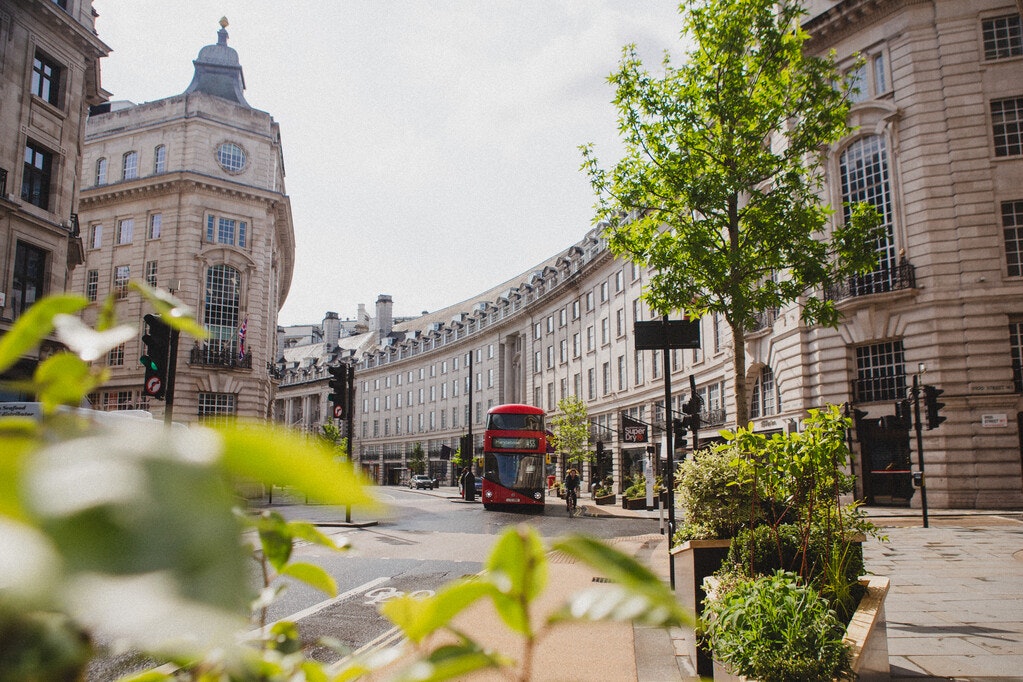

Case study: improving our energy performance
In 2022/23, we reported that we had not met our target of reducing our absolute energy consumption by 5% against a 2021/22 baseline. While we had made progress, we had struggled to manage energy use, harness data and co-ordinate collective action across our diverse portfolio of assets.
This experience taught us a lot and we redoubled our efforts this year, setting ourselves a target of reducing energy consumption (net of electric vehicle charging) by 10% across our London, Windsor and Regional real estate, with a stretch target of 13%. By the end of the year, we had exceeded both targets, with a reduction of 15%.
To make this happen, we consulted data scientists and expert advisers to look in detail at how we collect energy performance data and how energy is managed at a granular level, building by building. We identified and implemented ‘quick wins’ such as upgrading lighting and air conditioning systems, and reviewed hundreds of energy meters.
We also created a team of engineers to find short-term fixes and develop longer-term decarbonisation plans, creating ‘building passports’ to provide valuable data for each property. Our supply chain colleagues have been integral to this effort and we have also reviewed contracts to ensure they support carbon reduction outcomes.
As we progress towards a net zero future, we will maintain this forensic approach and set ourselves new, stretching targets for next year. Our past experience shows that progress is not always straightforward, but we are committed to the journey.
Simon Harding-Roots Managing Director, London
Our sustainability stories
Putting net zero, nature and communities at the heart of our activities.




